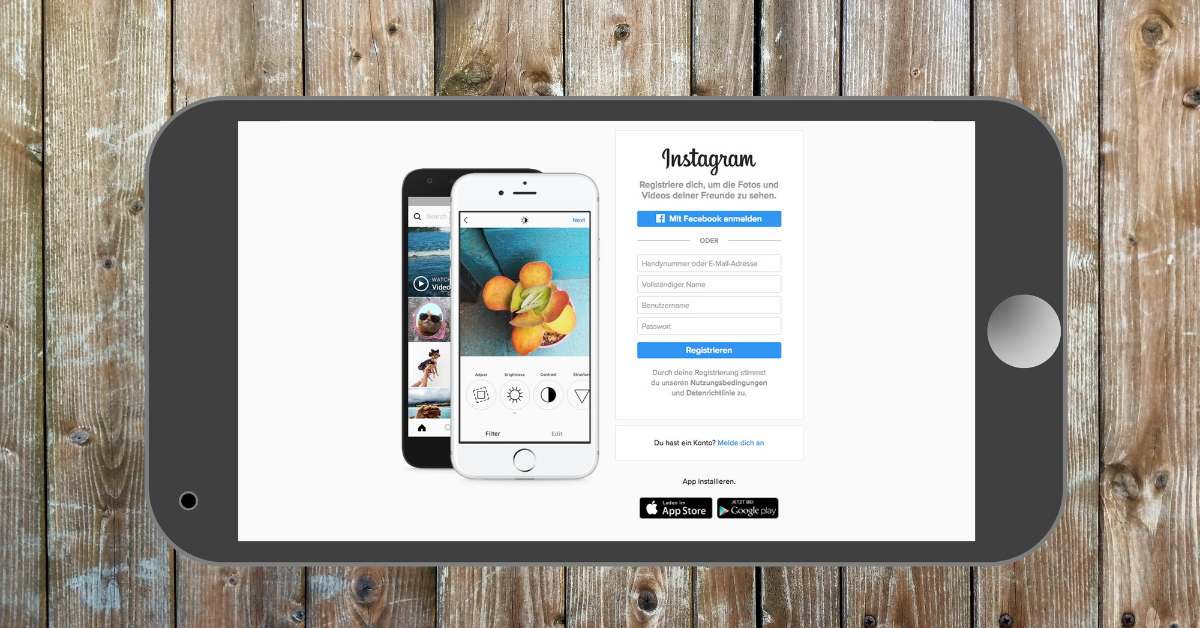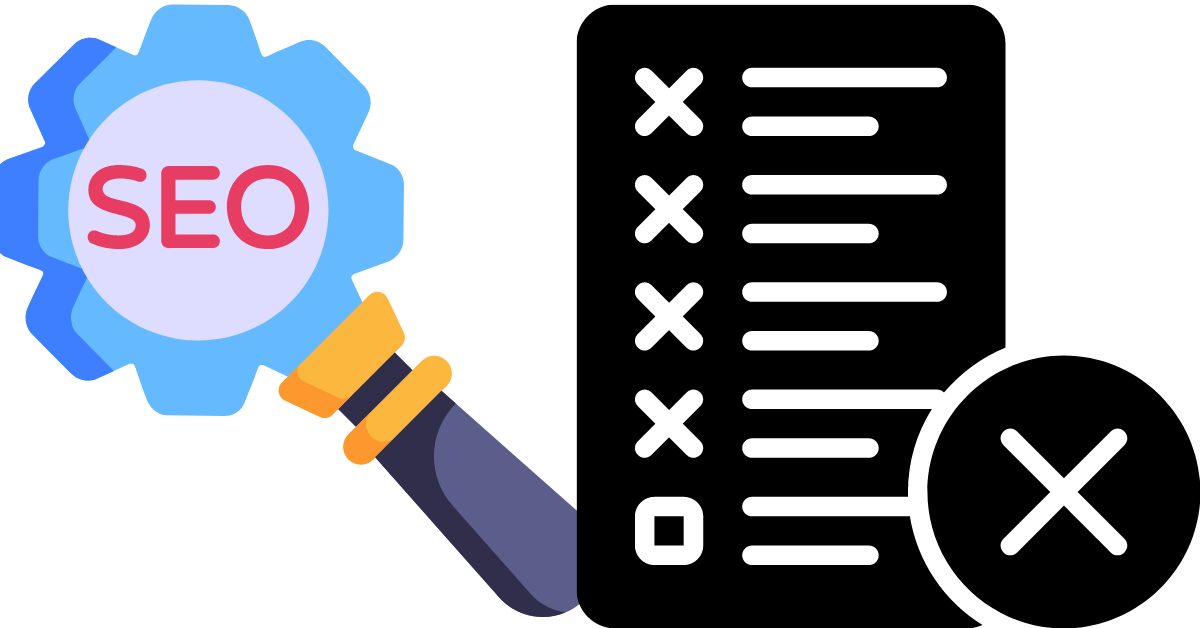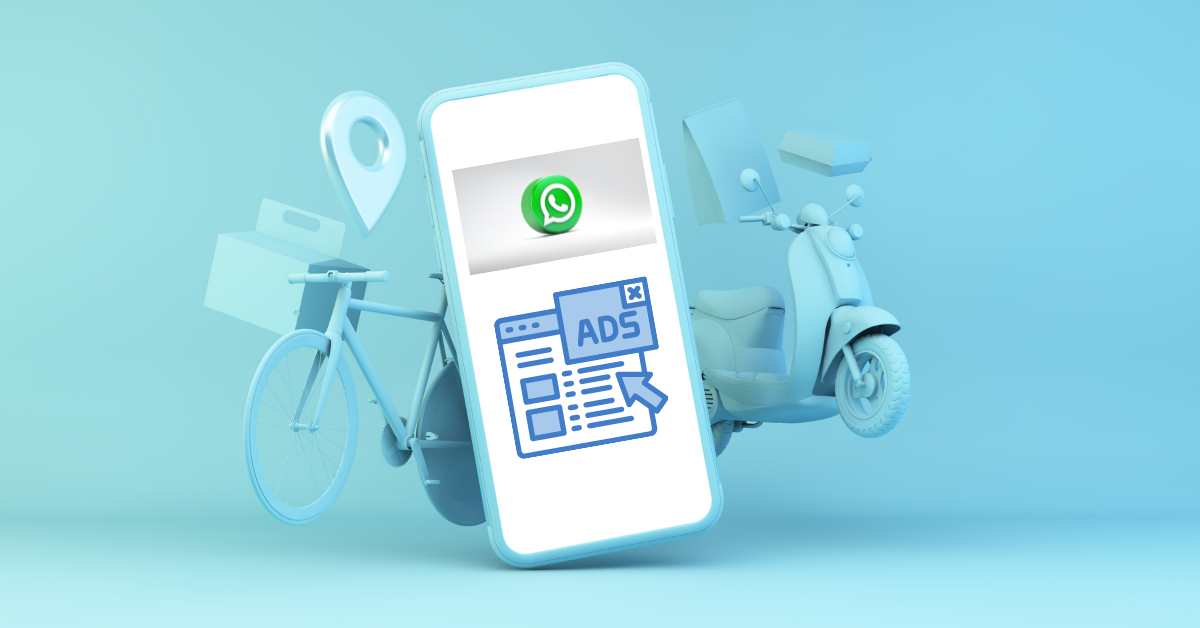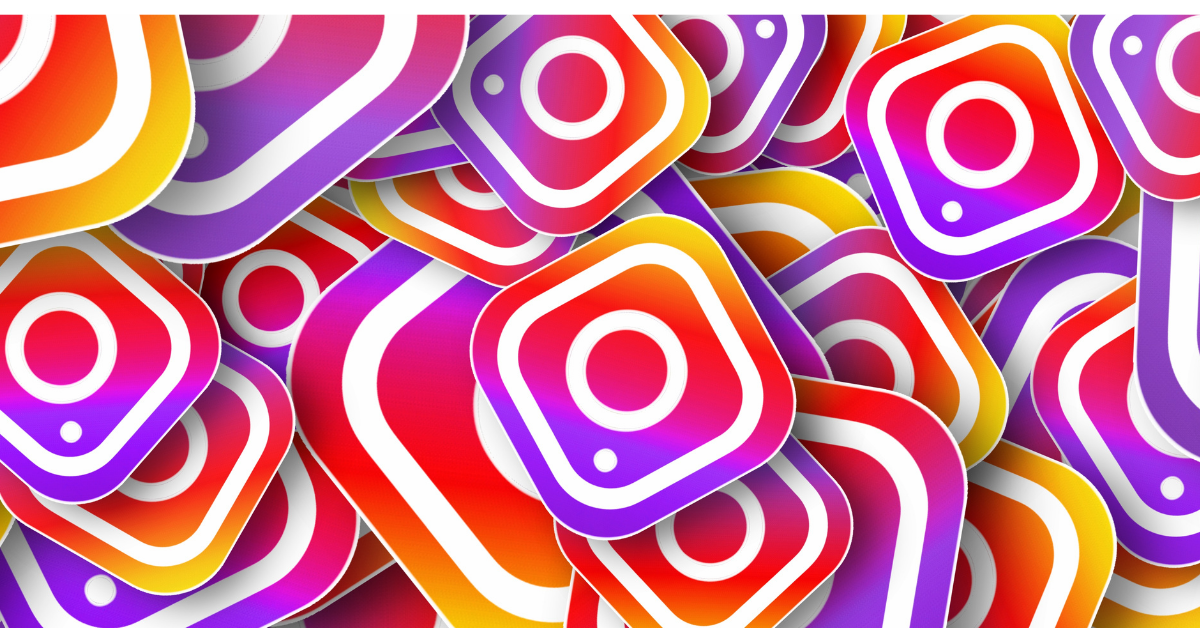A lot of changes happened on Instagram last year. In July 2021, Adam Mosseri announced that Instagram is no longer just a photo-sharing app. The platform shifted to photo and video sharing. The move is to embrace the ever-changing social media trends.
A digital marketing speaker Hong Kong also notes the recent announcement of the Instagram Chief that the platform will focus on video enhancements this year – specifically Reels. That is why a video marketing agency Hong Kong highlights the importance of giving your IG profile the best impression this 2022.
To date, Instagram has over 1 billion monthly active users (MAU). According to a social media agency Hong Kong, 80% of Instagrammers search for products and services on the platform. This is largely due to influencer marketing. Unlike other social media networks, Instagrammers do not hesitate to follow business profiles. That is why most brands opted to advertise and promote on the platform.
Below are some tips to give Instagram the best impression this 2022.
CONSISTENT ACCOUNT HANDLE
An Instagram handle is the username on Instagram. It conveys your identity among IG followers. To boost your chances of having more Instagram followers, a memorable and shareable handle can help. For a business profile, the brand or company name makes the most sense.
Showing your official Instagram account can boost recognition. But if you will be curating and sharing a niche or specific content, the handle should highlight the type of content you will upload. Instagram allows 30 characters as the limit for an account handle. Keep them short and simple. Whenever possible, keep a consistent handle or username on all your social media accounts.
CONVINCING PROFILE IMAGE
The first thing that Instagrammers look for when visiting a profile is the profile image. It serves as the calling card of a brand or business. An Instagram profile image is displayed as a circle under a 1:1 aspect ratio. The safest size is 200 x 200 pixels for a clear quality.
A brand logo makes sense as a profile image for business accounts. It also makes a brand easily recognizable among IG feeds and posts. An eye-catching image centered the logo in the most limited space. It should also have a clear contrast and good lighting. A convincing profile image can you’re your Instagram profile the best impression this 2022.
EYE-CATCHING BIO
Your Instagram bio appears under your handle or username. It is limited to a 150-character description. It is your chance to tell them who you are and what you do. An Instagram bio conveys the personality of a brand and shows Instagrammers if they come to the right place.
To give Instagram the best impression this 2022, your Instagram bio should answer any of the following questions in brief:
- What do the brand promises?
- What is your brand personality?
- What is your brand’s niche?
- What makes your brand unique?
Alternatively, you can also put a Call-to-Action (CTA) on your Instagram bio. This is if your goal is to boost conversion, sales, and traffic.
STORY HIGHLIGHTS
Another part of an Instagram profile is what we call the Story highlights. It is a feature or tab that holds the favorite Stories posted on an Instagram profile. Instagrammers often scroll within the story highlights before following an account. That is why it is important to showcase the best of your uploaded stories.
Give Instagram the best impression this 2022 by using story highlights to introduce a brand. Make them discoverable using GIFs, hashtags, and stickers. Be consistent with your aesthetics to boost brand recognition. You can also use location stickers and tags to optimize SEO.









